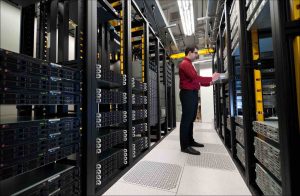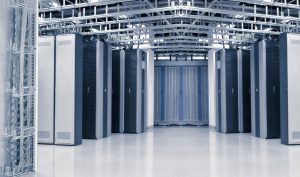data centers
How to prepare for and look for a colocation provider
September 15, 2021 by admin · Leave a Comment
 Article by Electric Kitten
Article by Electric Kitten
When choosing between multiple providers for the same service, often the best options are the ones where you spend as much time searching for the provider as you do for the actual migration. Why? Because moving from an in-house data center to an external data center is a costly affair. Both in terms of time and money. Getting it wrong is very disruptive and expensive. Here are some ways you can prepare for your search:
What is your plan?
Everyone looks at their day-to-day requirements, but you should also take a step back and look at what your plan is for the near, mid, and long term. It could be architectural changes, or even moving to hybrid systems. Then see how well these fits in the provider and if there any limitations, clauses, etc. that will be problematic.
What are the business requirements?
Are there any business requirements that will affect the long-term IT plan? Does the organization need a dual-home architecture to immediately failover to an alternate site during a disaster? Does the alternate site need to run around the clock? The same applies to replication or data archiving. Do you need another data center for those requirements?
Is there a growth plan?
Most organizations will have a three-to-five-year plan at minimum along with projections for revenue, staff, locations etc. Ca the provider scale to those requirements? Will there be additional costs for that kind of expansion?
If you’re looking for colocation or server hosting in Los Angeles, contact Electric Kitten. For almost two decades, they have provided reliable colocation service, along with other web hosting options such as shared hosting and dedicated servers. Their colocation clients will have access to a state-of-the-art SAS-70 facility located in the One Wilshire Building in Los Angeles.
data centers
Data center cooling best practices
August 8, 2017 by admin · Leave a Comment
 Data center cooling and temperature management standards changed recently that set the recommended maximum temperature at 24 degrees. By increasing the maximum temperature for a data center, operators are now free to use a wider range of cooling systems. Here is a high-level look at some data center best practices
Data center cooling and temperature management standards changed recently that set the recommended maximum temperature at 24 degrees. By increasing the maximum temperature for a data center, operators are now free to use a wider range of cooling systems. Here is a high-level look at some data center best practices
Baselines
Take stock of the total load in kilowatts of equipment in the data center. Also, measure and record the temperature at the point of intake and exhaust of the middle and top of each rack. Indicate the location and the time of day of each measurement. The temperature and cooling load we record will form the baseline for future comparison. Note the RPM and the internal temperature of servers and other equipment that proves that information.
Improve airflow
Improving the air flow from the cold to the hot aisle should take priority over any immediate temperature changes. Racks without any electrical load should have sealed plates in front, while racks with running equipment should have perforated tiles in front of the rack. Seal any cable holes in the raised floor and use blanking plates to prevent cold air escaping to the hot aisle.
Cooling
With the proper baselines and optimized airflow, adjust the temperature of the cooling units. Increase the temperature one degree every week and monitor how it affects the intake temperature. As a contingency for hot days, keep portable air conditioners ready to assist the primary cooling systems. Once the data center reaches the target temperature, check the fan RPM to ensure that the reduce cooling does not result in increased power draw from internal fans.
